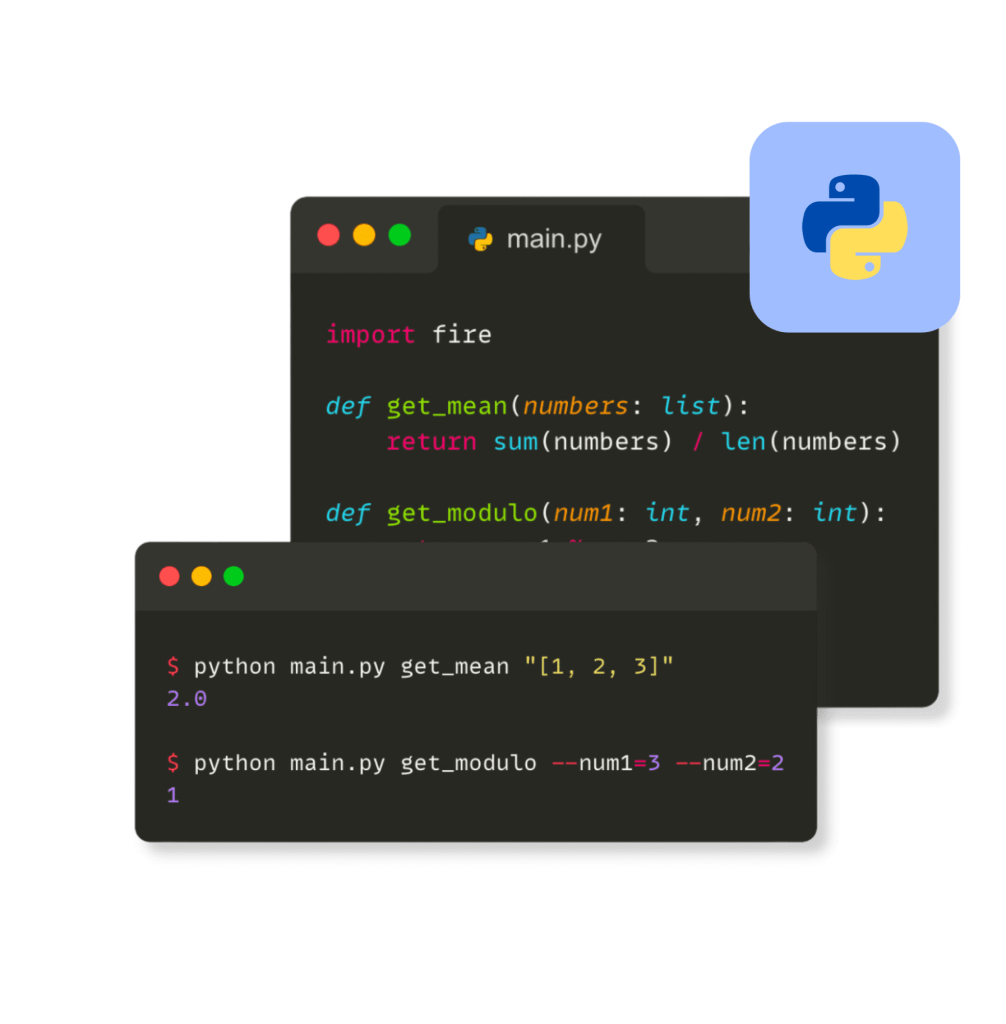Connect with top talents
Gain access to a pool of pre-screened remote engineers ready to take your project to new heights.
Swift and seamless hiring
SmartTek’s Python developers are interview-ready. Quickly find your ideal match among top talent ready for new opportunities and hire twice as fast.
Spend less time on hiring
Our company pre-screens candidates and presents you with a pool of responsive, highly skilled developers, reducing the time you spend recruitment.
Here are just a few of the great Python developers we have available for hire

Denys
Software Engineer
16 years
Full-stack developer and architect with over 17 years of experience who continues to develop his own skills in the IT industry. Successful working in a team environment as well as independently.
Expert in:
Also worked with:

Alan
Back-End engineer
5 years
Python Back-End Developer with 5 years of extensive experience and analytical and critical thinking skills. Delivers a proactive approach, great work ethic, and the ability to function well in fast-paced/deadline-driven team environments.
Expert in:
Python
SQL
HTML/CSS
Also worked with:
DRF

Mykola
Back-End engineer
7 years
Highly proficient IT professional with a proven track record in web services design, database administration and networking. Possess strong technical skills as well as excellent interpersonal skills to interact with a wide range of clients.
Expert in:
Also worked with:

Vitalii
Back-End Engineer
5 years
Persistent Backend Developer with over 4 years of experience and passion for development, hardworking and responsible person. Vitalii likes to take challenges and learn new technologies in practice.
Expert in:
Python
SQL
Also worked with:
Flask
Connect with great talent now!
We make it easy to find the right candidate. Get engineers to work remotely as part of your in-house development team.
How to hire Python developers with SmartTek?
Tell us your requirements
Detail the specific skills, experience levels, and project requirements you’re looking for in your software developer. The more information you provide, the better we can match you with candidates who meet your exact criteria.
Get a shortlist of suitable talent
We present you with a list of suitable candidates, each of whom has been pre-screened and is well-equipped to contribute to the success of your project. Our recruiters personally screen each candidate to ensure not only technical knowledge, but also soft skills.
Interview your favorites
This step is your opportunity to delve deeper into each candidate’s qualifications, ask technical questions, and assess their problem-solving skills and compatibility with your existing team.
Hire and onboard the best engineers
After the interviews, it’s time to make a decision. Choose the candidate you think is the best fit, and we’ll help you with the hiring process to ensure a smooth start.
Start working on the project
With your top developers integrated into your team, it’s time to launch your project. Watch your planning come to fruition as your business goals become reality and you achieve market success.
It’s easy to hire offshore Python developers with SmartTek!
Through a deep understanding of the available talent pool and project requirements, we are adept at identifying the most suitable candidates. SmartTek can help you identify and recruit highly skilled offshore developers for both freelance and full-time positions.

Reasons to Hire Python Developers from SmartTek
Expertise & Specialization
We provide access to a diverse talent pool of technical specialists, allowing clients to select developers with the specific skills and experience needed for their projects.
Cost efficiency
Reduce development costs compared to hiring in-house developers. We offer competitive pricing structures that allow you to maximize your budget while still getting world-class results.
Flexibility & scalability
When hiring remote developers, you can easily scale your technical talent up or down based on project needs, ensuring access to the right resources at the right time.
Reduced recruitment hussles
Hiring offshore developers eliminates the time-consuming and resource-intensive process of recruiting, onboarding, and managing in-house developers, saving you valuable time and effort.
Rapid project kickoff
Our established infrastructure and skilled team enable rapid project initiation, reducing time-to-market for clients and helping them stay competitive in their respective industries.
Transparent pricing
Benefit from transparent pricing models and cost breakdowns, ensuring you have a clear understanding of project costs and can make informed resource allocation decisions.
Hear From Our Clients












